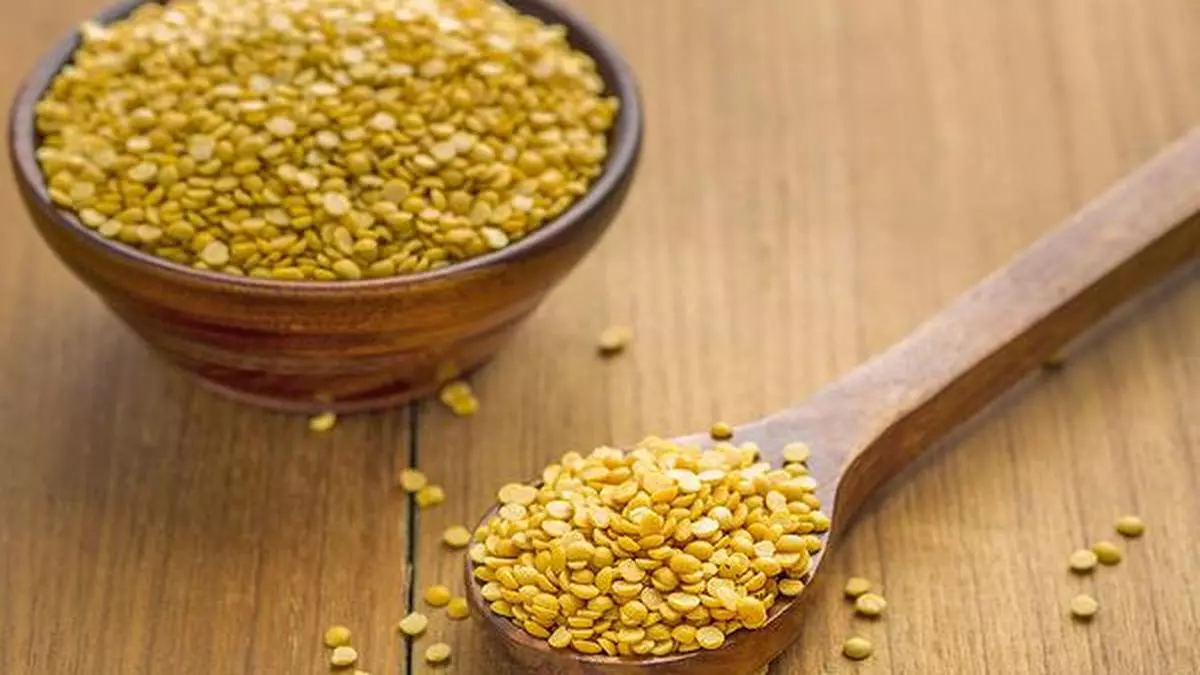Indian farmers in Karnataka, Maharashtra drive expansion in pigeon pea area
Indian growers have increased the acreage under tur (pigeon pea/arhar) by over a fourth till early August in the ongoing kharif cropping season with major jump coming from the key producing States of Karnataka and Maharashtra.
The total area under tur rose 26 per cent to 41.89 lakh hectares (lh) as of August 2 over same period last year’s 33.27 lh. This is even as the overall pulses acreage was up 11 per cent for the period under review.
Karnataka tops the tur acreage table with its area exceeding the targetted 15.2 lh for the season. Tur acreage has gone up by 69 per cent in Karnataka to 15.29 lh (9.05 lha year ago).
Timely monsoon
Timely monsoon coupled with higher market prices ahead of the planting season has helped attract the farmers’ interest in taking up the cultivation of tur, which is largely grown under rain-fed conditions.
“The crop condition looks better than last year and prospects look good at this point in time,” said Basavaraj Ingin, President, Karnataka Pradesh Red Gram Growers Association in Kalaburgi, the largest producing district. “Rains have been good so far, and have taken a break over the past week helping farmers to take up the cultural operations such as weeding and application of nutrients,” Ingin said.
The Centre has announced a minimum support price of ₹7,550 per quintal for tur for the 2024-25 kharif season. This is an increase of ₹550 over the previous year. The modal price (the rate at which most trades are done) of tur are around ₹10,500 in the mandis of Karnataka and Maharashtra.
Tur prices have been ruling at elevated levels mostly for this year as last year’s crop was impacted due to erratic rainfall and wilt disease. The shortfall in output forced the Government to allow duty-free imports of the pulses variety. The duty free imports of tur and urad are allowed till March 31, 2025.
Crop condition good
Chandrashekar Arasur of Sri Neelakantha Kaleshwar Farmer Producer Company in Kalagi of Kalaburgi district said the upcoming crop looks good and that farmers have expanded the area. Last year, tur crop was impacted by excess rains in the region.
“The tur crop condition is good as of now. Also, the other pulses crops like urad and green gram are good in Kalaburgi district,” said Raju Teggelli, Senior Scientist and Head of KVK Kalaburgi
In Maharashtra, the tur acreage has gone up by 16 per cent this year to 12.01 lh till August 2.Gujarat and Uttar Pradesh have seen a marginal increase in area under tur this year, while Madhya Pradesh and Telangana have seen a marginal decline.
Rahul Chauhan of iGrain India said tur growing areas of Maharashtra have received ample rains and the crop condition is said to be satisfactory.
Chauhan said prices of tur have started easing from their peak levels due to reduced demand at high prices, increase in sowing and expectations of imports from Mozambique where the new crop will start from September onwards. Imported tur (lemon) in Chennai is quoted around ₹10,500 a quintal — down from ₹11,250 levels in early July, he said.
